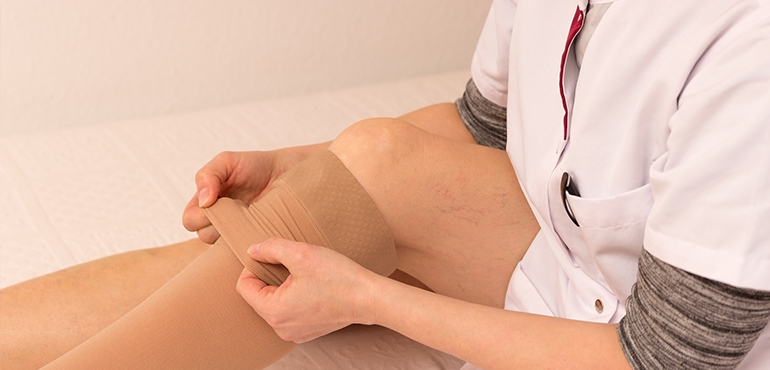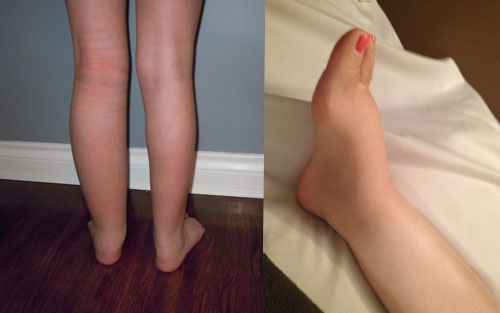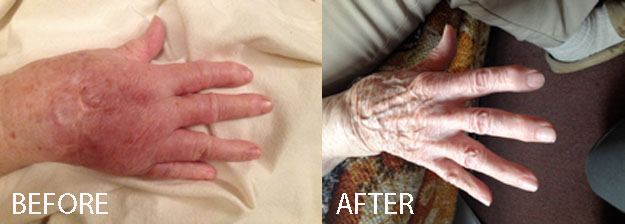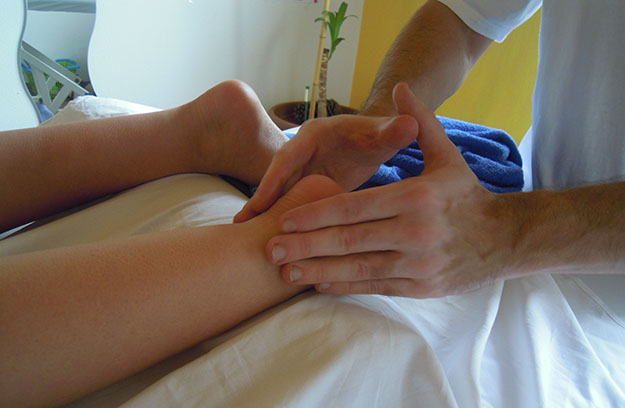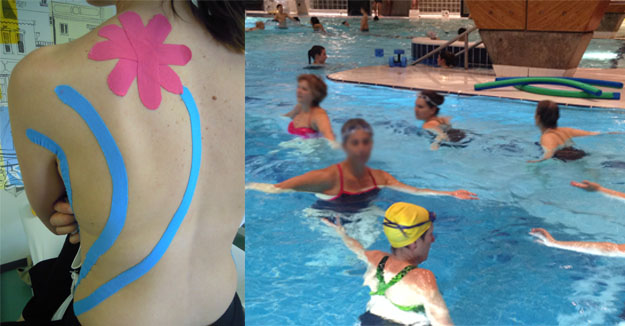Manual Lymph Drainage (MLD, CDT) Massage Modalites
Vodder method of Manual Lymph Drainage Combined Decongestive Therapy including bandaging
Conditions commonly treated.
- Post Cancer treatment
- Lymphedema
- Scar treatment
- Post-surgical swelling
- Post orthopedic surgery
- Acute injuries
- Sinusitis
- Pre/post cosmetic surgery
- General edema/water retention
- Post motor vehicle accident – acute phase
- Diabetic symptoms – poor circulation, slow wound healing
- Detox treatments – combine with infra-red sauna for greater benefits

